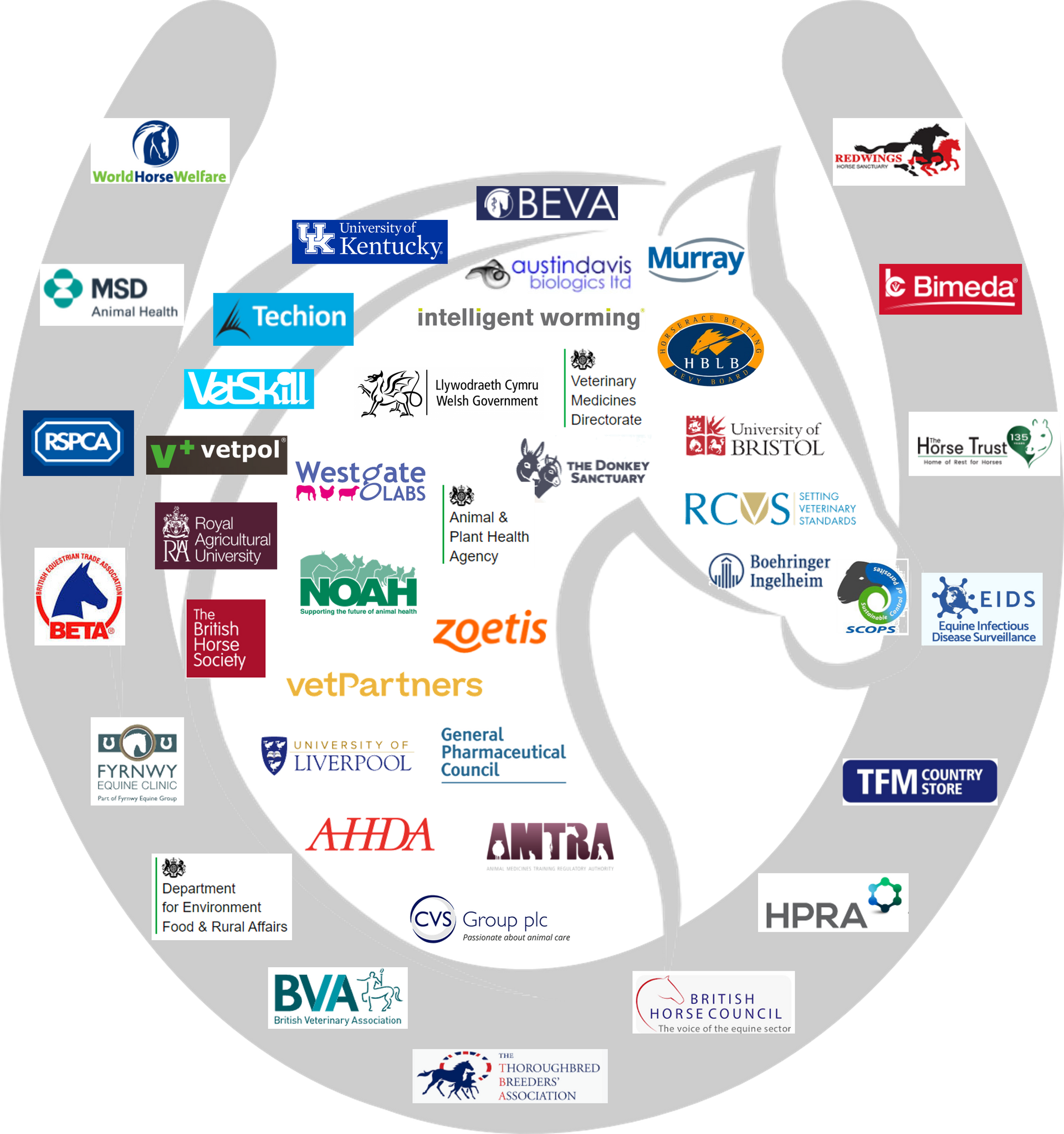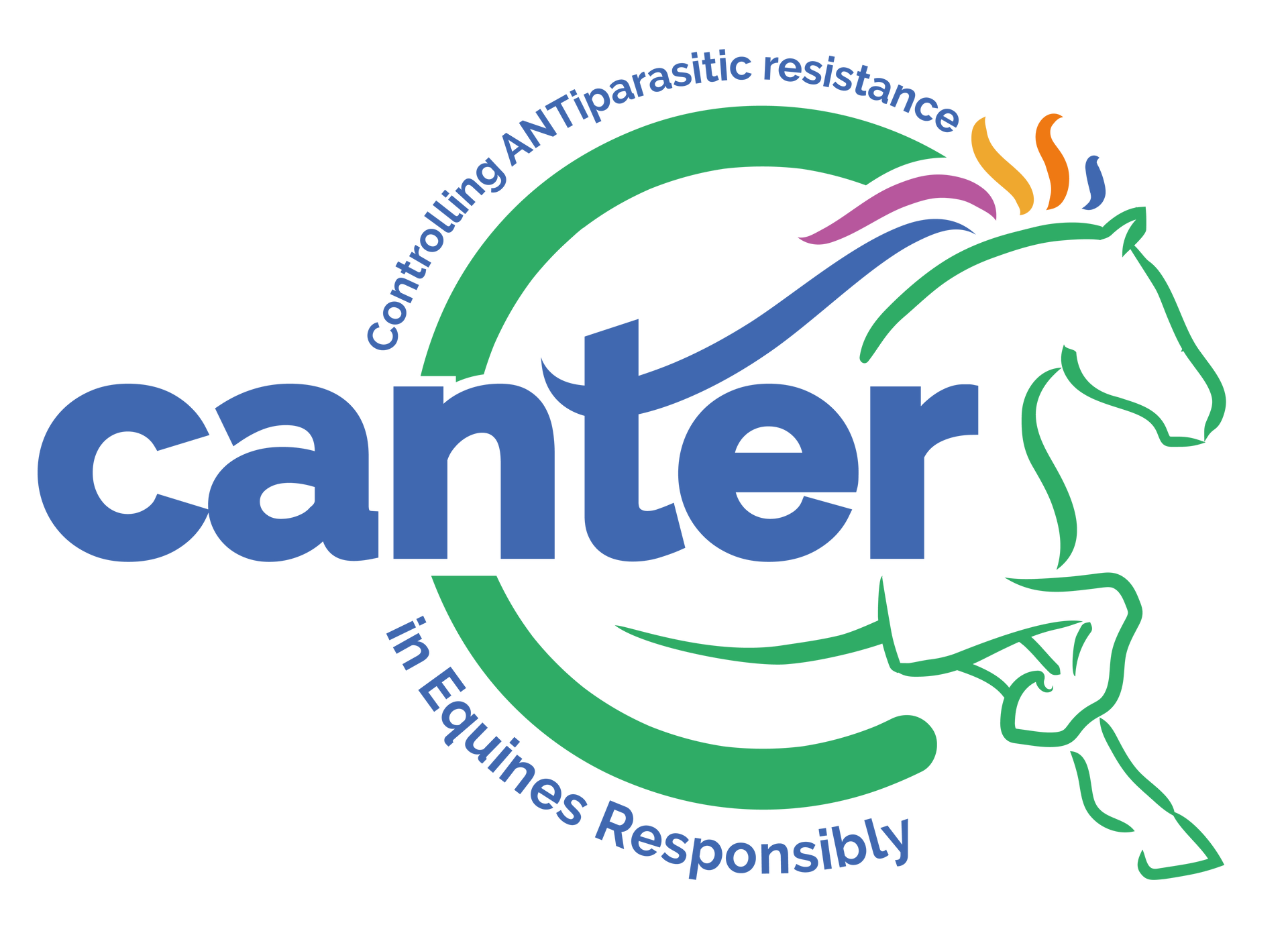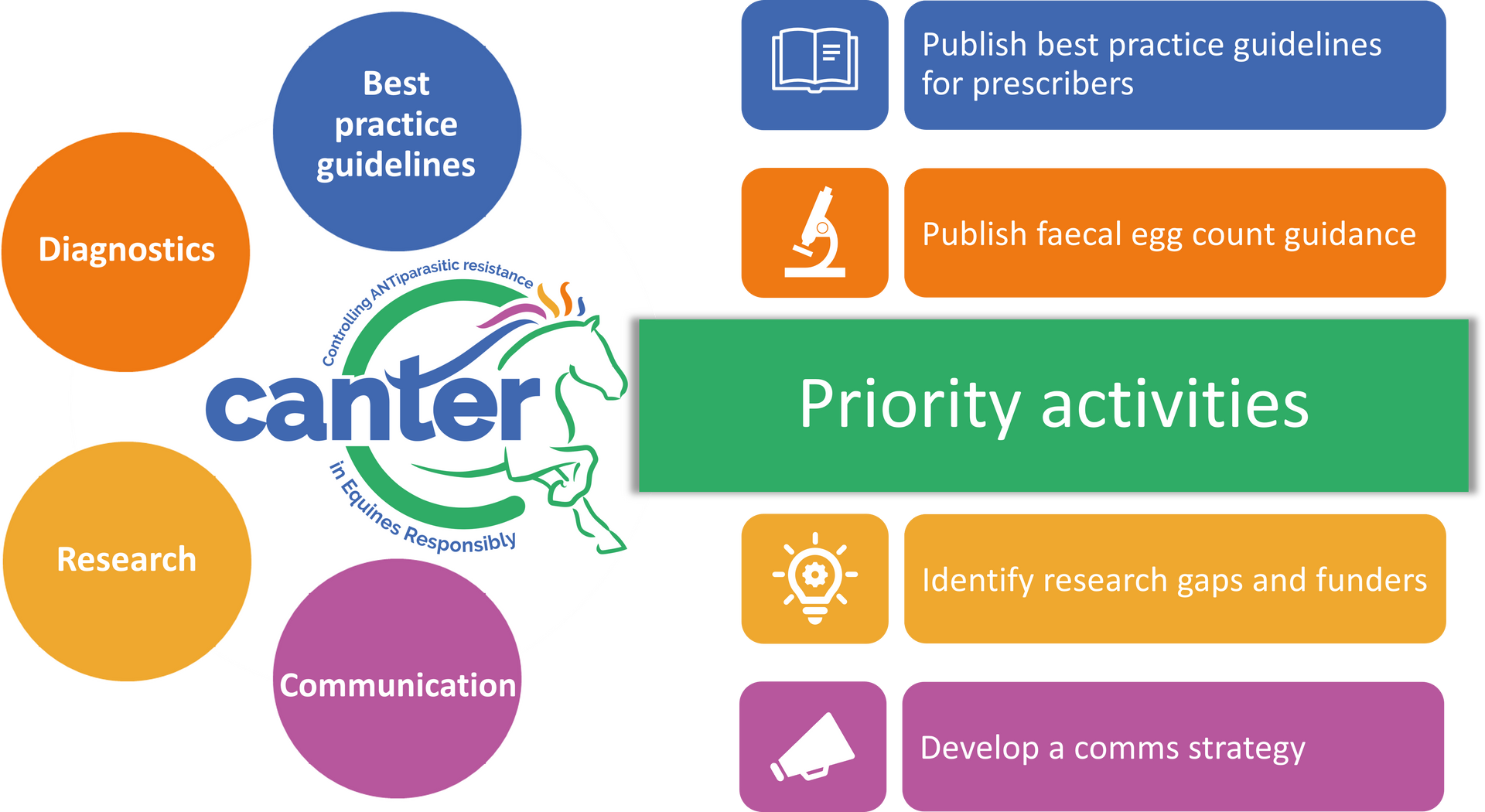Equine Anthelmintic Resistance
Find out how the VMD is working to bring together the wider equine industry to tackle anthelmintic resistance
Anthelmintic resistance is the ability of a worm to survive a particular dose of anthelmintic that would usually be effective; this is a heritable trait
We are actively involved in promoting responsible use of anthelmintics:
- We are part of the SCOPS and COWS steering groups
- Sponsor anthelmintic resistance research projects
- Formed an internal working group focussing on anthelmintic resistance in sheep, cattle, and horses
Important to recognise resistance as a problem in equines
Anthelmintic resistant parasites are present on most - if not all - equine yards, and anthelmintic resistance (AR) is becoming more widespread and of greater significance. We have limited control options so it is critical to preserve our current anthelmintic products.
We must work hard to preserve the effectiveness of our existing products.
Livestock sector pan-industry groups,
SCOPS (sheep) and
COWS
(cattle), have championed the sustainable control of parasites but, until recently, there has been no equine equivalent co-ordinated approach. The equine sector has unique challenges to achieving optimum parasite control, mainly due to the fragmented nature of the sector and the complexities of different management systems, ranging from single hobby horses on large livery yards where it hard for owners to have an input into parasite control, to commercial racing yards and studs yards.
Working with the equine industry
We have held a number of stakeholder engagement events with representatives from across the equine sector. This resulted in positive and collaborative discussions recognising that coordinated action is essential to progress solutions to the problem of AR in equine internal parasites.
At these events there was enthusiasm from representatives to form a new pan-industry equine group to promote sustainable control of equine internal parasites. We surveyed stakeholders to understand their interest in involvement with such a pan-industry equine group and based on these responses hosted the inaugural Core Steering Group meeting in August 2022 and formally established the pan-industry equine group CANTER.

CANTER - Controlling ANTiparasitic resistance in Equines Responsibly
The newly formed pan-industry equine group CANTER aims to lead the much needed coordinated approach to antiparasitic use and stewardship.
Many organisations contributed to its development showing the breadth and depth of engagement and support.
The core steering group, supported by a number of sub-groups, comprises around 20 representatives from across the sector including:
- prescriber groups (vets, pharmacists and SQPs)
- diagnostics providers
- pharmaceutical companies
- retail/trade organisations
- research
- charity
- regulatory representatives/members.


CANTER priorities
CANTER aims to a promote consistent approach to parasite control through the development of evidence-based best practice guidelines for all prescribers.
Alongside developing best practice guidelines, several subgroups have been formed to inform and promote these guidelines and enable wider participation with the work of CANTER.
What does CANTER mean for the equine community?
The prescriber role is fundamental to driving sustainable parasite control and we need quality interactions at the point of anthelmintic sale to include:
- asking pertinent questions
- considering use of diagnostics
- providing tailored advice
to reduce our reliance on anthelmintics
It's a challenge - both from a knowledge and implementation perspective
CANTER aims to equip prescribers with best practice knowledge, tools, and confidence to aid discussions with horse owners. By promoting a consistent approach across all prescriber groups, we hope horse owners will come to expect and request these discussions, rather than just coming to a prescriber already having a specific product type in mind.
In future we hope to see CANTER messaging and principles integrated into prescriber training and CPD, much like how SCOPS and COWS principles are integrated.
CANTER is still in the early stages of development and will require widespread engagement. CANTER will be looking to you for contributions, so look out for the official launch of CANTER, activities, and messaging to find out how you can get involved.
To facilitate discussions between prescribers and horse owners, CANTER has developed a free risk profiling resource for horse owners and prescribers. The Parasite Risk Table and supporting infographics are intended to highlight the broad range of factors that influence a horse’s parasite risk. Working through the risk factors of the CANTER acronym: Clinical history, Age Profile, Number of horses, Test results, and Environment to give an overall parasite Risk profile, the aim is to provide an easy assessment tool to categorise horses as low, medium or high risk of parasite infection and disease and to discuss appropriate action with their prescriber.
CANTER will require widespread engagement from across the equine community and is looking to you for contributions and support to raise awareness CANTER and disseminate messaging.
